VIDEO: TEPCO Places Camera Inside Fukushima Reactor
It is time for the ANS Friday Nuclear Matinee. Watch TEPCO, the operator of Fukushima Daiichi nuclear plant, use a camera probe inside the containment vessel of the No. 2 reactor.
Your most critical assets deserve more than just fences and cameras. NV5’s cutting-edge layered security solutions extend detection and response beyond traditional perimeters. From advanced geospatial analytics to integrated surveillance and access control, NV5 helps you stay ahead of threats before they breach your defenses. Learn more.
It is time for the ANS Friday Nuclear Matinee. Watch TEPCO, the operator of Fukushima Daiichi nuclear plant, use a camera probe inside the containment vessel of the No. 2 reactor.
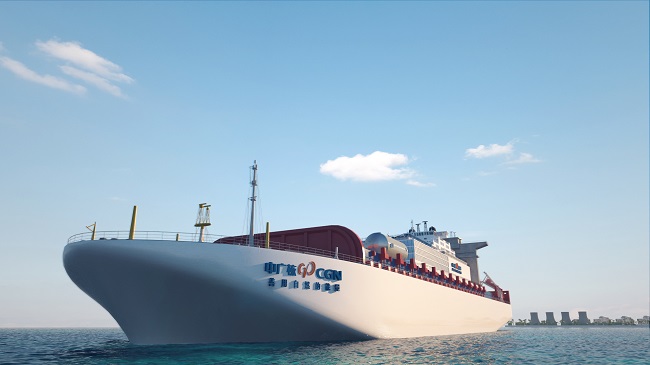
Artist's concept of floating SMR nuclear power plant. Courtesy China General Nuclear
Announcements coming this week from China's big nuclear energy firms hint that the the Chinese government may have launched a focused initiative to broaden the manufacturing base for floating nuclear power plants. On January 23, it was reported that China General Nuclear (CGN) had signed an agreement with China State Shipbuilding Corporation (CSSC) to develop floating nuclear power plants. It was announced on January 25 that CGN had also signed agreements with the other of the two large Chinese shipbuilding firms, China Shipbuilding Industry Corporation (CSIC.) These agreements follow the year-old original agreement between CGN and CSIC that will lead to the construction of a single prototype floating power plant.
The recent announcement by NuScale Power that it had applied for the first ever NRC Design Certification to be considered for a small modular reactor (SMR) has put this class of nuclear reactor again in the fore. Many observers have noted that the NuScale design is "integral," with all significant primary components inside the same vessel. In fact, these two things-integral reactors, and SMRs, are two different things, although either may also be the other. While the application for the NuScale reactor certainly is the first SMR application in the United States, the Integral Pressurized Water Reactor (iPWR) dates back to nearly the start of commercial nuclear energy-and its heritage is at sea.
I have had an interest in the Glenn T. Seaborg Science and Engineering Congressional Fellowship since I first learned about it. For those of you unaware of the Fellowship, it is truly an incredible program that offers an opportunity, to those who qualify, to "become a direct contributor to the federal policymaking process." I knew that I wanted to become a contributor and learn more about our governmental system.

NuScale Power's compact SMR nuclear power plant layout. Illustration courtesy NuScale Power.
Earlier this month, NuScale Power, LLC, announced the submission of the first-ever small modular reactor (SMR) design certification application (DCA) to the Nuclear Regulatory Commission (NRC). As both a NuScale employee and a nuclear advocate, I could not be more excited! I joined NuScale a little over two years ago, and my colleagues and I have been working with almost a single-minded purpose to complete the DCA. Having reached that milestone, we're all very excited and celebrating. But I believe everyone in the industry can share in the excitement of this innovative, first of its kind, submission.
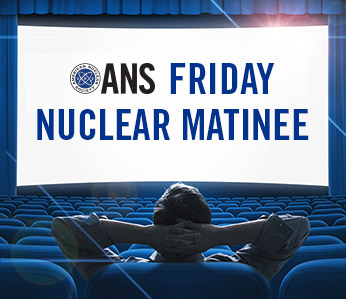
Our latest film at the ANS Friday Nuclear Matinee is an exciting one - the latest Vogtle Timeline update issued by Georgia Power, which was presented on December 9th. This award-winning series details the construction progress quarterly at one of the two US sites where brand new nuclear power plants are being built.
Happy new year, my fellow carbon dioxide-emitter. Of course we do not contribute significantly by any measure to the carbon emissions plaguing our atmosphere. So, what does contribute so heavily to the increasing carbon content in the air? Let's find out.
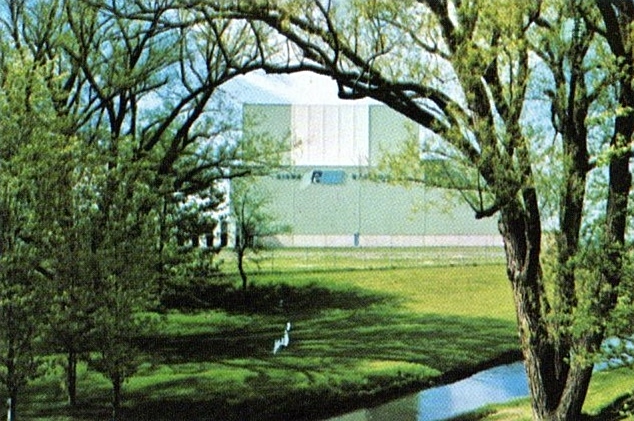
R.E. Ginna Nuclear Plant, built for Rochester Gas & Electric Company in a beautiful natural setting. Photo from brochure in Will Davis library.
By the middle of the 1960's, Robert Emmett Ginna had already spent over a decade taking part in, and in no small part championing, the development of what we would today call advanced reactors. His efforts contributed to the development of breeder and high temperature reactors, yet when it came time for his own utility to construct a nuclear plant, it made a sudden reversal to construct a very conventional pressurized water design.
On February 19, 2015, a Nuclear Regulatory Commission public meeting held in Brattleboro, Vt., descended into chaos. Protesters who were bent on disrupting the proceedings bullied and threatened people who wanted to speak at the meeting. The disrupters' tactics included shouting at speakers, interrupting their remarks, and making verbal threats against those who sought to speak in support of either the NRC's proposed action or the utility that was the subject of the meeting.
Editor's note: In an open letter written by Environmental Progress to President-Elect Donald Trump and Governor Rick Perry, ANS and 38 other nuclear professionals and organizations urged both leaders to take strong action to save and grow America's nuclear energy sector.
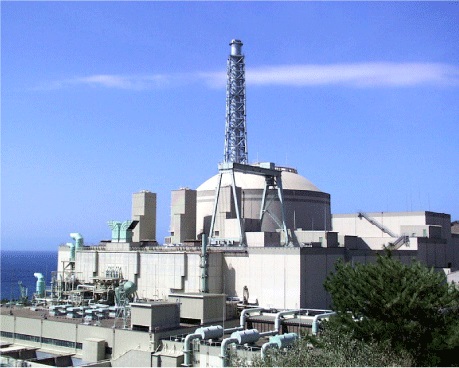
Monju Fast Reactor facility- photo courtesy Japan Atomic Energy Agency
On Monday, December 19, the Japanese government announced that it was finally giving up on the decades-old Monju fast-reactor project. Troubled in recent years with safety problems and allegations that the Japan Atomic Energy Agency (the operator) has been unable to find solutions for the problems. The Monju facility had been widely considered as under threat for some time.
Which came first: the nuclear power plant or the nuclear-powered submarine? It sounds like a chicken-and-the-egg question, but the answer is quite simple: the nuclear-powered submarine.
by Laura Scheele
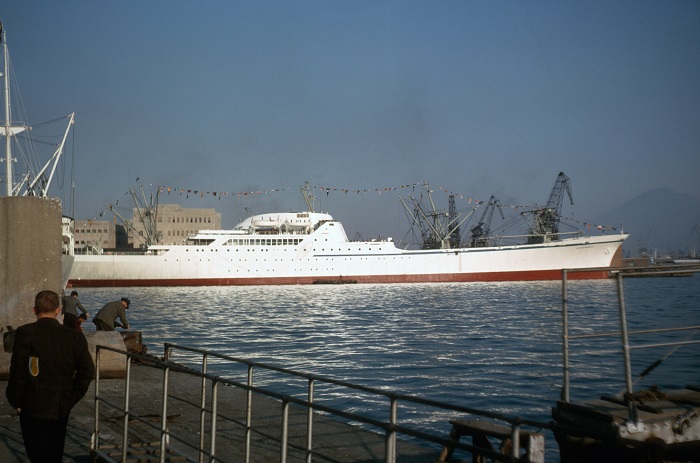
NS SAVANNAH, mid-1960s. Photo taken by crew member Dan Campbell, courtesy NS Savannah Association, Inc.
A statement made this week by the President of Iran has gained some hold on the press, and while it sounds like an interesting and for some potentially threatening development, it more than likely won't happen any time soon.
A number of significant news items made recent headlines relating to nuclear energy. Here is your week in review with an analysis and links.
I am pleased and proud to report that the American Nuclear Society (ANS) recently completed a project to post brief bios of all 61 ANS past presidents (plus the current president). Pleased, because many of the past presidents were icons in the early development of nuclear power, or played key roles in the evolution and growth of the nuclear industry, and it is wonderful to have so many of their stories in one place. Proud, because I had a role in helping solicit biographical information from the living past presidents and in searching for information on the deceased past presidents. But let me quickly add that this was not a solo effort. It involved the contributions of many people, both other ANS past presidents, ANS staff and others I contacted in the course of my research.
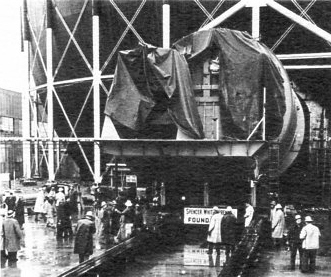
SIR (Submarine Intermediate Reactor) Naval Prototype Plant rolled into containment sphere at West Milton New York; March 20, 1954. From brochure "The Seawolf Story" in Will Davis library.
We're coming up on another anniversary of the startup of the Shippingport Atomic Power Station in early December. That plant was more or less a Navy plant (at least in terms of the NSSS or Nuclear Steam Supply System) built not for powering ships but instead for powering businesses and homes. The move to get that done was rapid and fluid - and now there's maybe a hint of evidence that it could have been a returned favor to Admiral Rickover.
We have two fairly significant news items to report on today at ANS Nuclear Cafe. First a major nuclear vendor change of ownership and second a further threat to the sustenance of existing nuclear.